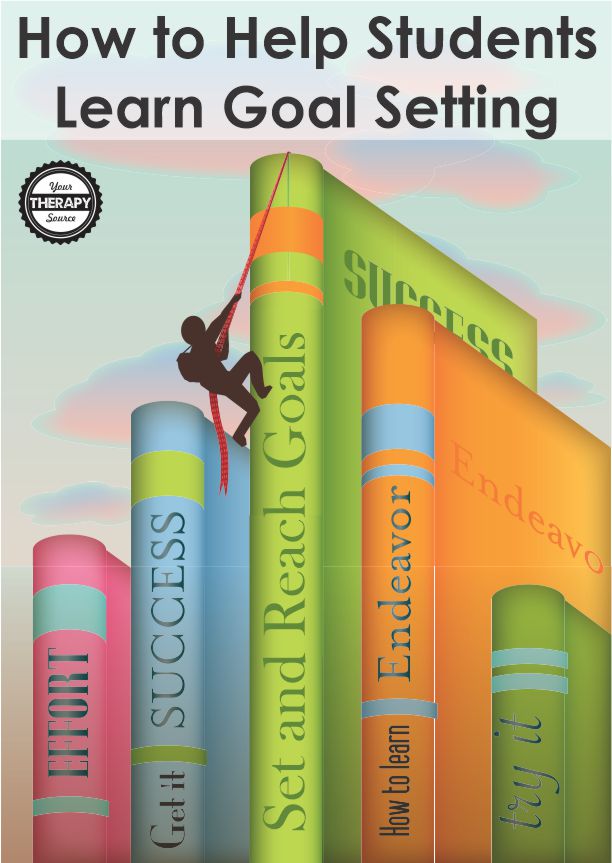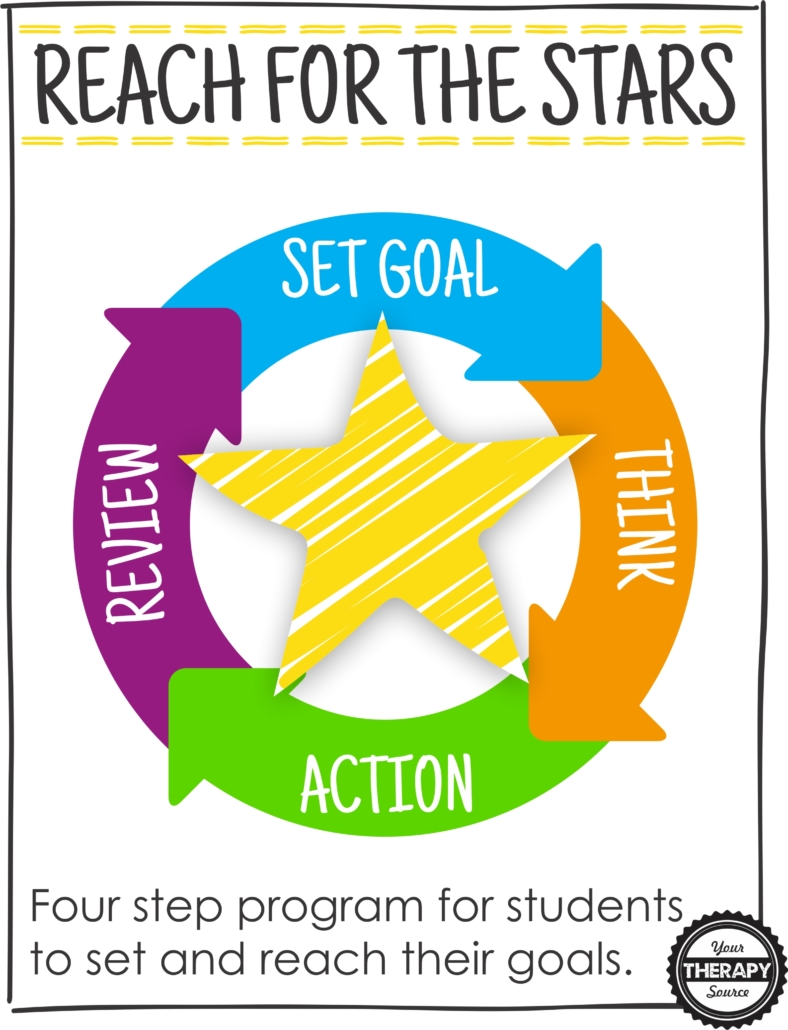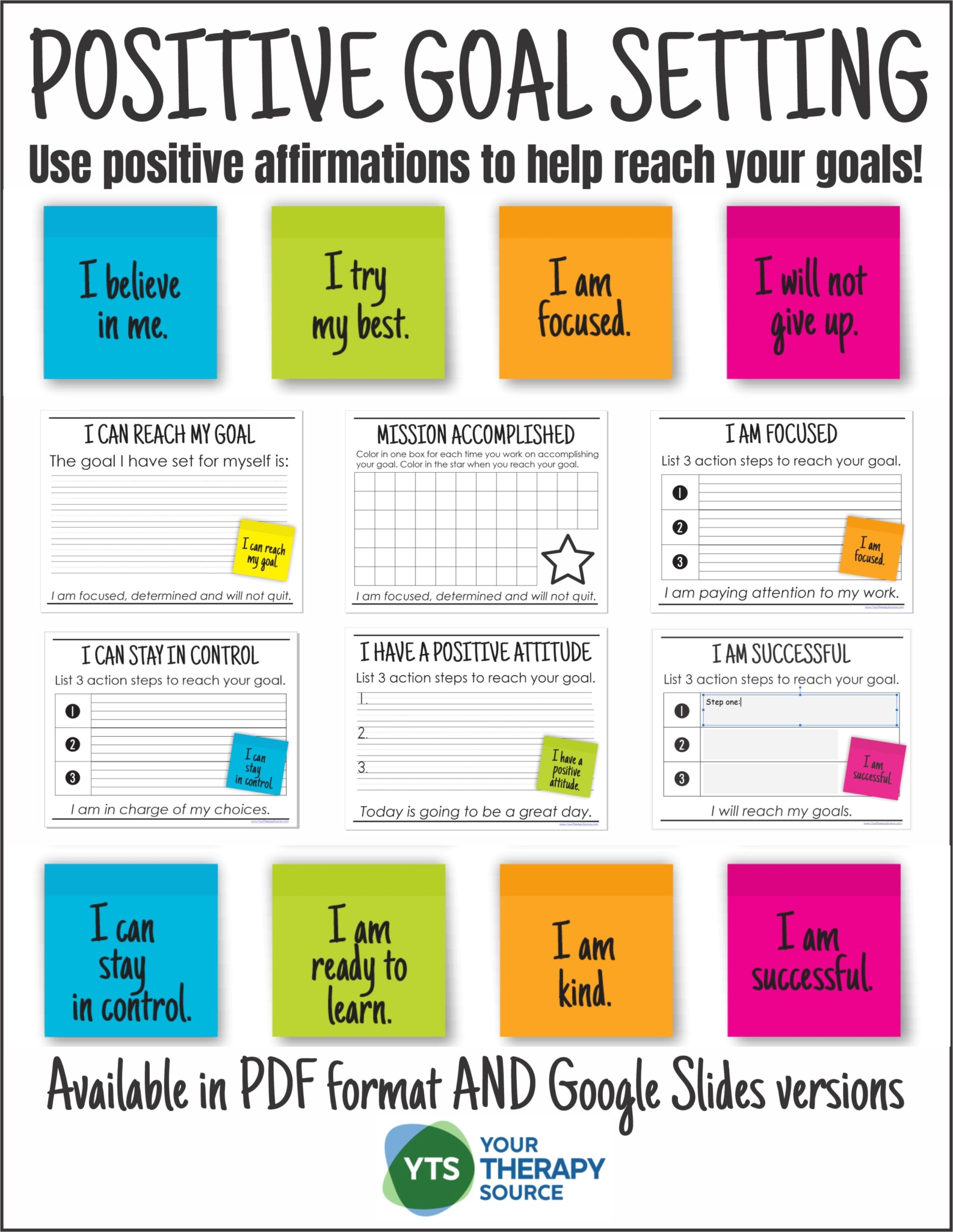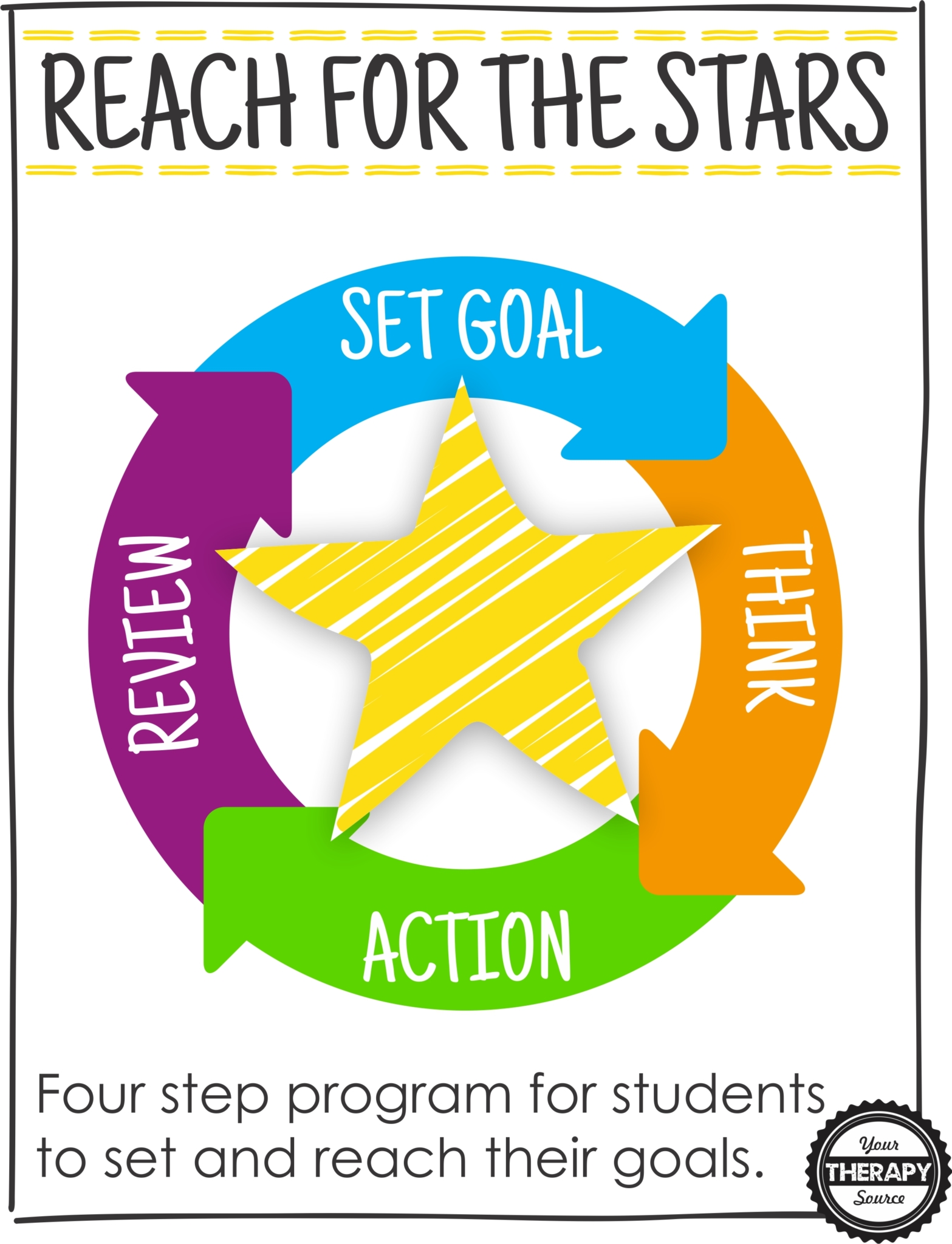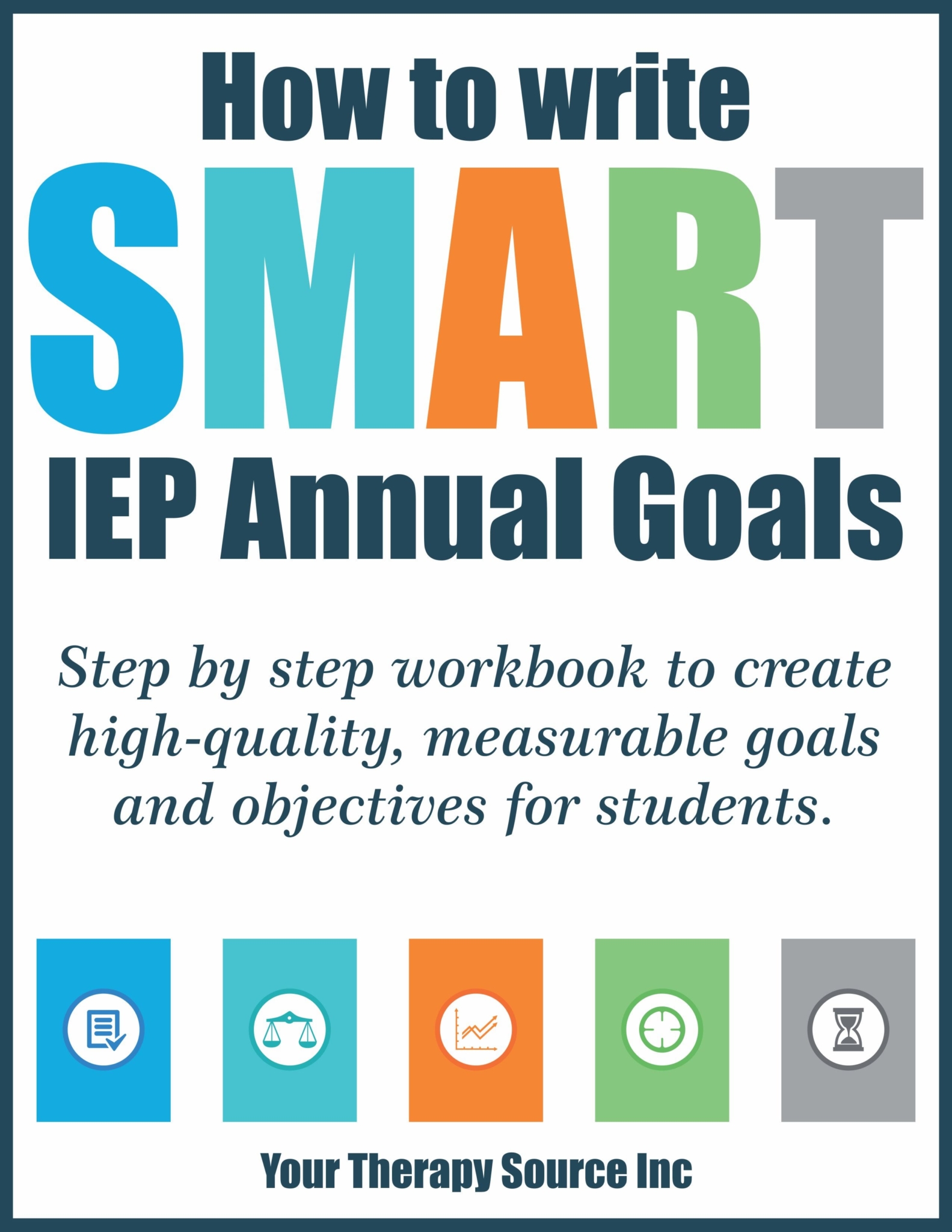Goal Setting for Students
Goal settings for students is a critical skills that needs to be taught. When students set goals and learn from them, it can help lead to increased motivation, accomplishments, and personal satisfaction.
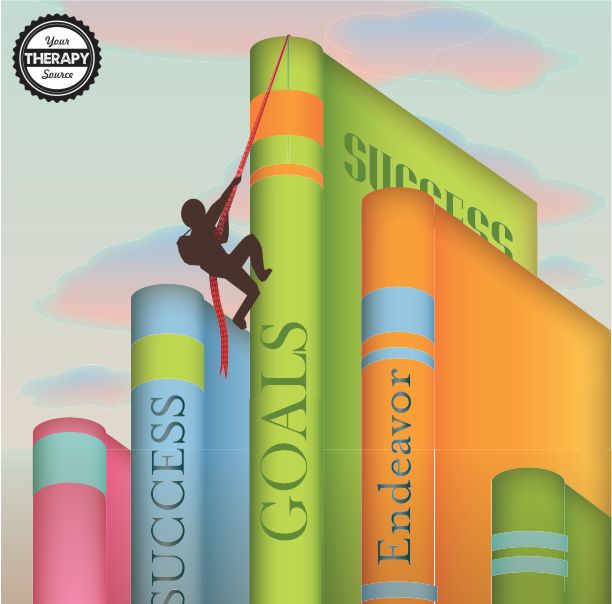
Think about a time that you set a goal for yourself. Perhaps it was to create a new lesson, start a new activity club, or finish your reports on time. When you look back at all that you set to accomplish and see it completed, you can feel proud of yourself and ready to tackle a new goal. Or perhaps you don’t reach the goal, but when you reflect back on it, you realize that you learned new strategies along the way to help you the next time.
Giving Meaning to Goal Setting for Students
One way to present it to students it to explain that goals are dreams that you hope to reach. Sometimes those dreams can be BIG like saving enough money to purchase a new phone or a new car or sometimes those dreams can be small like earning enough money to buy a pack of gum. In order to make it a goal it needs to be time sensitive or it is simply human nature to push it aside.
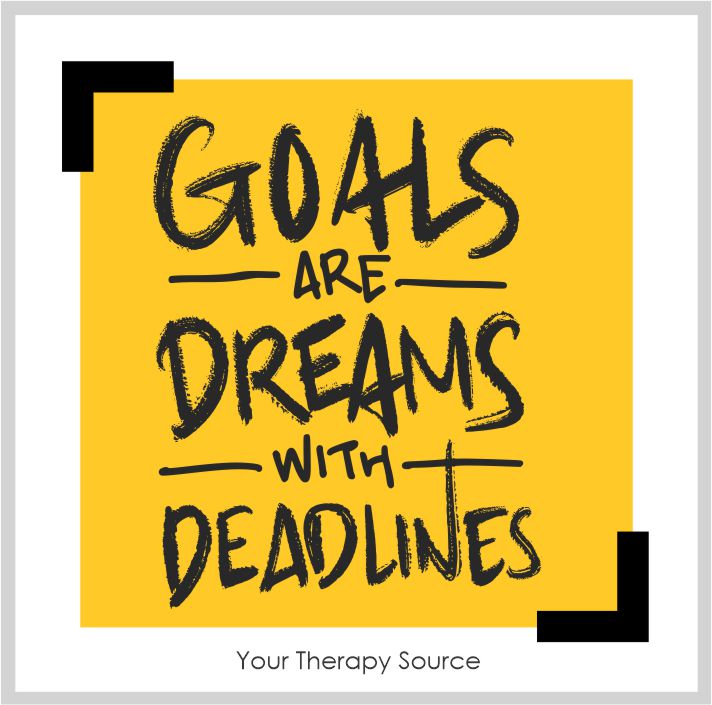
With out an end date or a focused goal to reach those dreams can just become wishes instead of accomplishments. For example, you can want to do well in school but without focused goals it can be difficult to stay on track. Unless someone is extremely self driven, if your teachers told you to take a difficult math test without practice assignments, lessons or quizzes with due dates along the way, most of us would wait until the very last minute to prepare for the test. Setting realistic goals makes our hopes and dreams become a reality.

How to Help Students with Goal Setting
If you want your students to care about their learning and become more invested in their own success, here are several steps you can take.
Start At a Young Age
In early childhood classrooms, children can already start to learn about the benefits of goal setting throughout the learning process. Set classroom goals together and progress to individual goals as the students get older.
Practice Makes Progress
Goal setting for students requires practice. Set frequent, short term goals that students will be able to monitor and reach quickly to feel that sense of accomplishment. This frequent goal setting also allows for lots of review, reflection and practice on goal writing.
Use Visuals When Goal Setting for Students
Everyone loves a good visual to show their progress. This is why habit trackers and graphs are so popular. It makes it more real. If there is a classroom goal, create a visual way of how to track it. For example, in younger grades, classrooms can have a jar to fill. When a goal is met by a student or class, something gets added to the jar. When the jar is full the class can celebrate and be proud of themselves!
For older students, using visual graphs, data notebooks or goal setting worksheets can be motivating. Try these New Year Resolution worksheets for older students.
Make It Meaningful
Start a conversation with your students to make the goals meaningful to them. They need to have internal motivation to complete the goal and not simply external motivation such as a good grade. Goal setting can be used as a resource to demonstrate the relationship between learning activities, the steps needed to complete the goal and then finally achieving the goal.
Provide Choice
When it comes to goal setting for students, providing choice in how to reach the goal offers student ownership over the goal. You can help guide the process in younger children by offering a few choices and then as students get older they can independently set the goals.
Teaching students about goal setting provides the development of organizational skills, planning skills, and self-reflection skills. This offer opportunities for them to use their current knowledge and skills as a motivational tool to learn more.
When students take ownership and agency over their learning, the sky is the limit not only in school but throughout life!
Reference:
Nordengren, C. (2019). Goal-setting practices that support a learning culture. Phi Delta Kappan, 101(1), 18-23.
Resources to Help with Goal Setting
